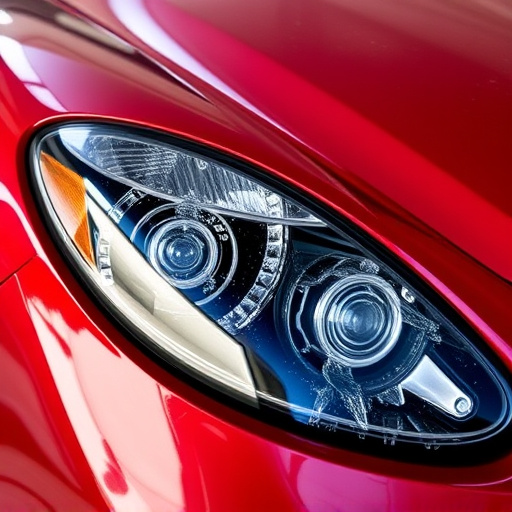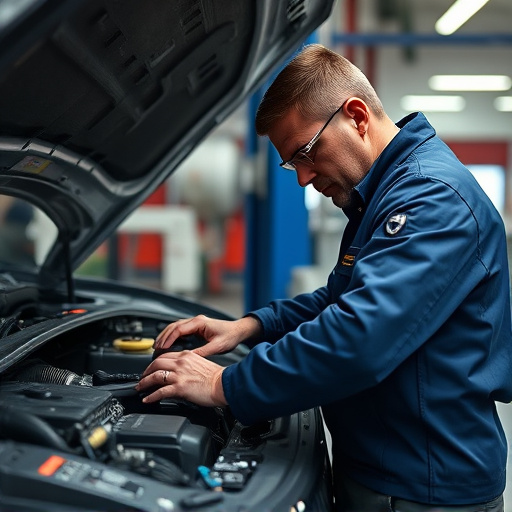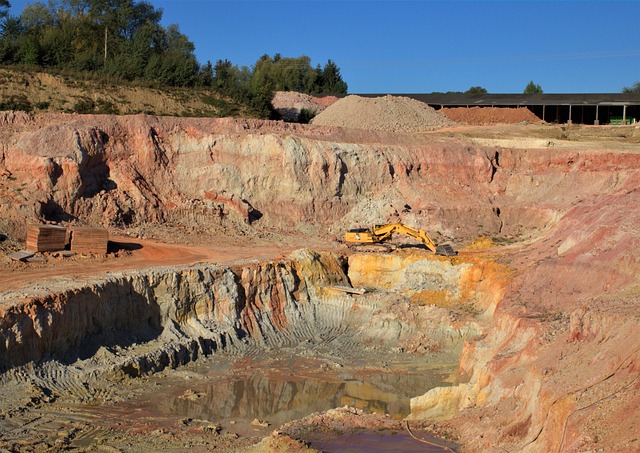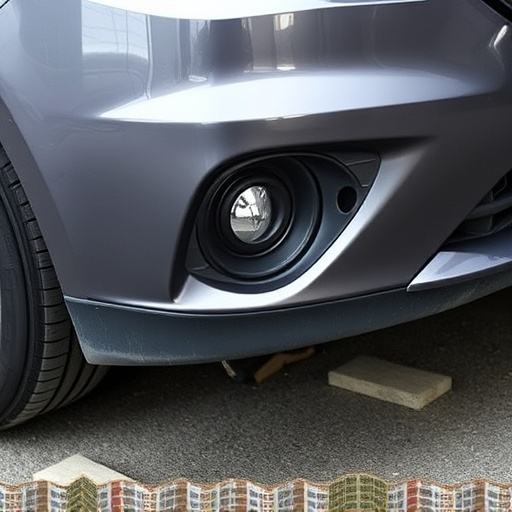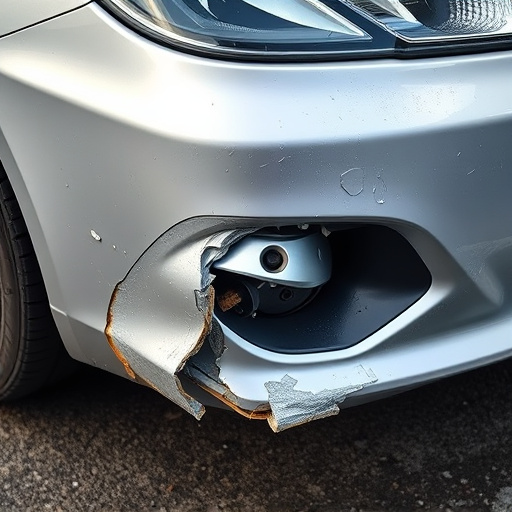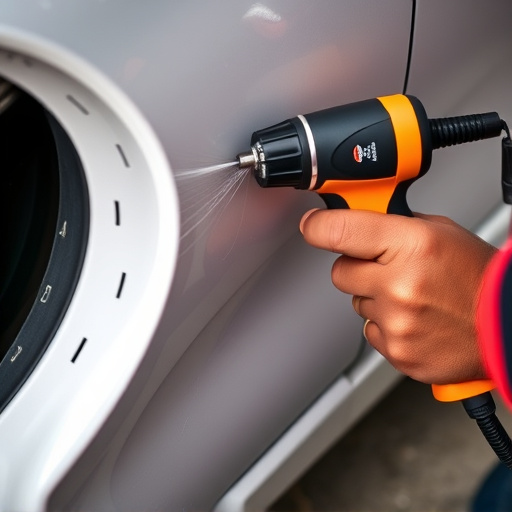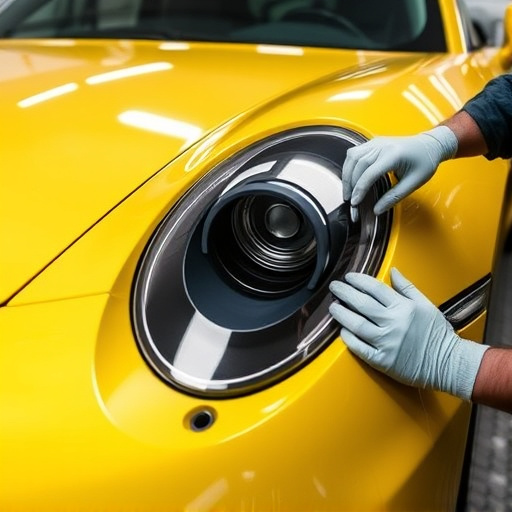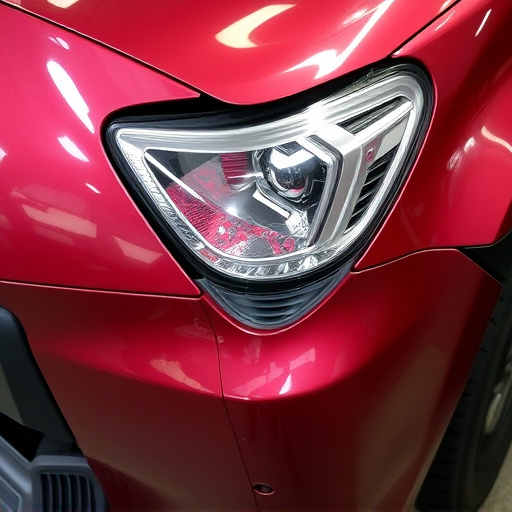Paintless dent repair (PDR) offers significant time savings compared to traditional methods, using specialized tools to realign metal quickly. Ideal for minor dents and dings, PDR is cost-effective and efficient, avoiding lengthy sanding, painting, and curing processes. However, severe damage or structural issues may require conventional collision repair methods, emphasizing the need to consider both approaches based on dent severity and time investment.
In today’s fast-paced world, every minute counts. So, is the traditional dent repair process still worth your time? This article delves into the age-old debate by comparing traditional methods with Paintless Dent Repair (PDR). We’ll explore the pros and cons of investing time in PDR and uncover optimal use cases for this efficient, time-saving technique. By the end, you’ll have a clear understanding of whether PDR’s reduced repair timeline meets your needs.
- Traditional vs. Paintless Dent Repair: Time Comparison
- Pros and Cons of Time Investment in Paintless Dent Repair
- Optimal Use Cases for Accelerating Repair with Paintless Methods
Traditional vs. Paintless Dent Repair: Time Comparison
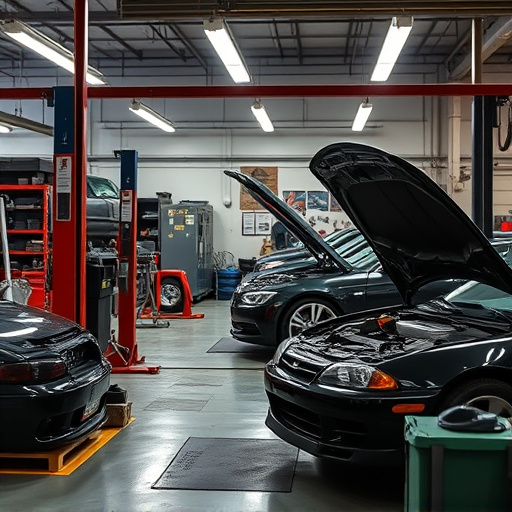
When comparing traditional dent repair methods to paintless dent repair (PDR), one of the primary considerations is time. In the past, auto painting and bumper repair were the go-to solutions for fixing dents, scratches, and dings. These processes often involved extensive work, including sanding, priming, painting, and curing, which could take days or even weeks to complete. The traditional method required a significant amount of time in the body shop, causing delays and potential inconvenience for vehicle owners.
On the other hand, PDR is known for its efficiency in terms of paintless dent repair time. This innovative approach to bumper repair allows technicians to remove dents without sanding or painting. By using specialized tools and techniques, they can quickly realign the metal, restoring it to its original condition. As a result, many body shop services now offer PDR as a faster alternative, reducing the overall turnaround time for vehicle repairs.
Pros and Cons of Time Investment in Paintless Dent Repair
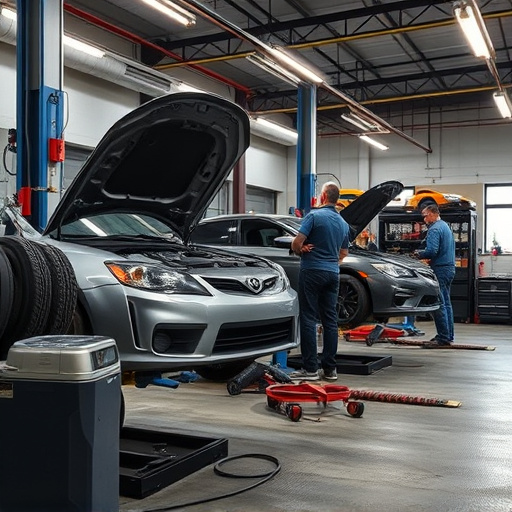
The decision to invest time in paintless dent repair (PDR) comes with a balance of advantages and potential drawbacks. For those who embrace DIY projects, PDR offers an attractive solution for minor dents and dings, providing a cost-effective alternative to traditional collision repair. This method allows individuals to fix automotive body work without the need for extensive painting or complex procedures, saving time and money in the process. With dedicated tools and some skill, enthusiasts can efficiently address fender benders and other minor collisions, keeping their vehicles looking like new.
However, the time investment required for PDR should not be underestimated. It demands precision and patience as technicians carefully manipulate the dented panel to pull it back into place. For complex dents or heavily damaged areas, multiple sessions might be necessary, stretching the overall repair timeline. Moreover, while PDR is excellent for surface-level repairs, it may not be suitable for severe cases that involve deep penetrations or structural damage. Comparing it to collision repair methods, PDR’s appeal lies in its non-invasive nature and quick turnaround, but it may not always be the best option for comprehensive automotive body work.
Optimal Use Cases for Accelerating Repair with Paintless Methods
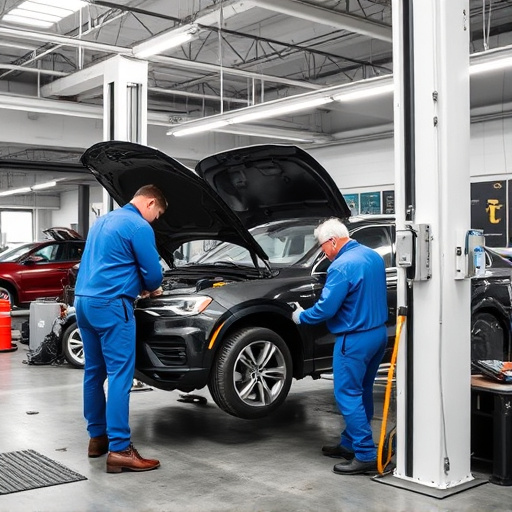
Paintless dent repair methods are most effective in scenarios where minor dents and dings need to be addressed quickly and efficiently. For example, when dealing with hail damage repair or small scratches on a car’s exterior, paintless techniques can save significant time compared to traditional repainting methods. These methods are ideal for those who value speed and convenience without compromising aesthetics.
In cases of car collision repair, where structural integrity is a primary concern, paintless dent repair time might be less critical than ensuring the safety and stability of the vehicle. However, for minor imperfections, paintless methods offer a cost-effective and time-saving alternative, reducing the need for lengthy painting processes and minimizing downtime for vehicle owners.
In light of the above discussions, it’s clear that while paintless dent repair time may be a significant consideration, its value depends on various factors. For minor dents and dings, this method can save substantial time compared to traditional repairs. However, for more extensive damage, conventional auto body work might be more efficient. Understanding the pros and cons ensures individuals make informed decisions regarding their vehicle’s maintenance, selecting the optimal repair approach tailored to their needs and schedule.

